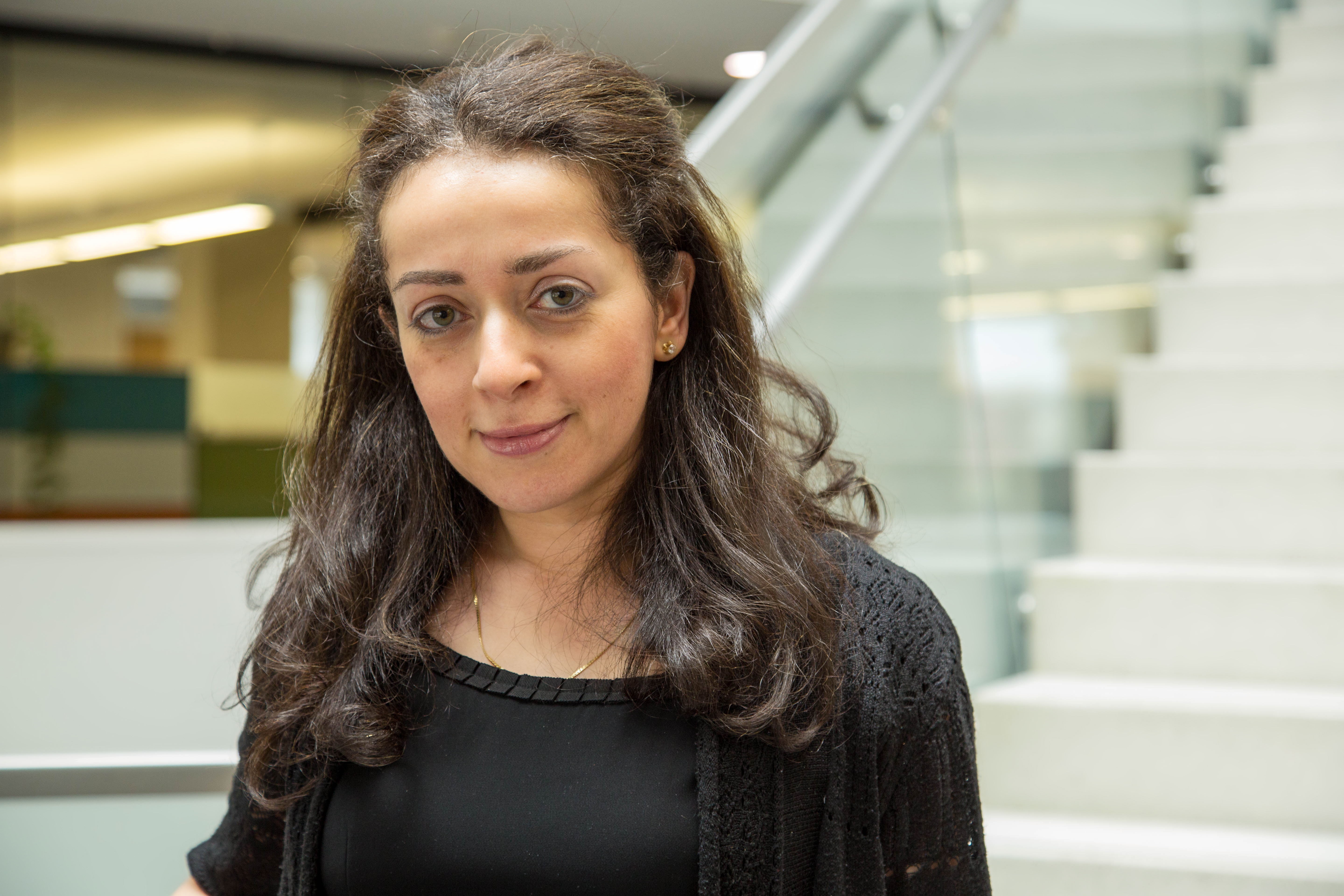
Dr. Amira Roess warns against higher-risk Halloween traditions during the COVID-19 outbreak.
Traditional trick-or-treating is considered a high-risk activity because it generally involves people, especially children, coming together very closely, putting their hands in the same bowl of candy, and eating candy while trick-or-treating.
Dr. Amira Roess
COVID-19 Tip Sheet: Can We Safely Celebrate Halloween in a Pandemic?
Dr. Amira Roess, epidemiologist and professor in the George Mason University Department of Global and Community Health provides guidance on safe ways to celebrate Halloween during the pandemic.
1. What kinds of Halloween activities are high-risk and why?
Traditional trick-or-treating is considered a high-risk activity because it generally involves people, especially children, coming together very closely, putting their hands in the same bowl of candy, and eating candy while trick-or-treating.
Traditional Halloween parades are high-risk for many of the same reasons. Safer Halloween parades that require social distancing and wearing face masks can be considered but only if participants can adhere to both of these. Otherwise, we are going to face outbreaks linked to Halloween events.
Traditional Halloween activities that bring together large groups of people that are not from the same household are also very high-risk such as going to parties, haunted houses, crowded pumpkin patches.
Remember that alcohol and drug use may compromise judgment. We often observe that as people drink their inhibitions go down and they move closer to each other. In fact, the longer people socialize the closer they get physically (whether outdoors or indoors). This increases risk of exposure to the COVID-19 virus.
2. What kinds of Halloween activities are low-risk and why?
Halloween activities that you do with people who live in your household or others that are in your close social pod may be generally low-risk if you limit your interaction to only with those individuals. For example, a Halloween candy and treat hunt outdoors with other families in your social pod may be low-risk.
In general activities that you can do outside while social distancing and wearing masks can also be considered low-risk. But it’s important that you practice both social distancing and you wear masks if you come into contact with individuals outside of your household. Low-risk outdoor activities can include pumpkin-picking, carving pumpkins, and decorating pumpkins.
3. Is there a safe or safer way to go trick-or-treating? What activities should be avoided while trick-or-treating?
It will be challenging to go trick-or-treating safely because you will inevitably come into close contact with people from outside of your household. Children and adults alike have a hard time maintaining social distance and keeping a face mask on for a prolonged period of time. Traditional trick-or-treating is considered a high-risk activity because it generally involves people, especially children, coming together very closely, putting their hands in the same bowl of candy, and eating candy while trick-or-treating. All of these are known to increase the risk of COVID-19 infection.
If you still plan to participate in trick-or-treating there are some things you can do to lower your risk of COVID-19 infection, as well as the risk to those in your family and community:
- Consider setting up a long table with candy bags or individually wrapped candy to help trick-or-treaters maintain social distancing. Those preparing candy bags to give away should keep their hands clean and their masks on while they prepare the candy bags.
- Encourage social distancing if you please to participate in trick-or-treating. One-way trick-or-treating can be facilitated by setting up signs and cones to direct trick-or-treaters. We need to do everything that we can to reduce the risk of transmission. The last thing we want to see outbreaks linked to Halloween.
- Keep in mind that Halloween masks should not be considered as substitutes for face masks.
